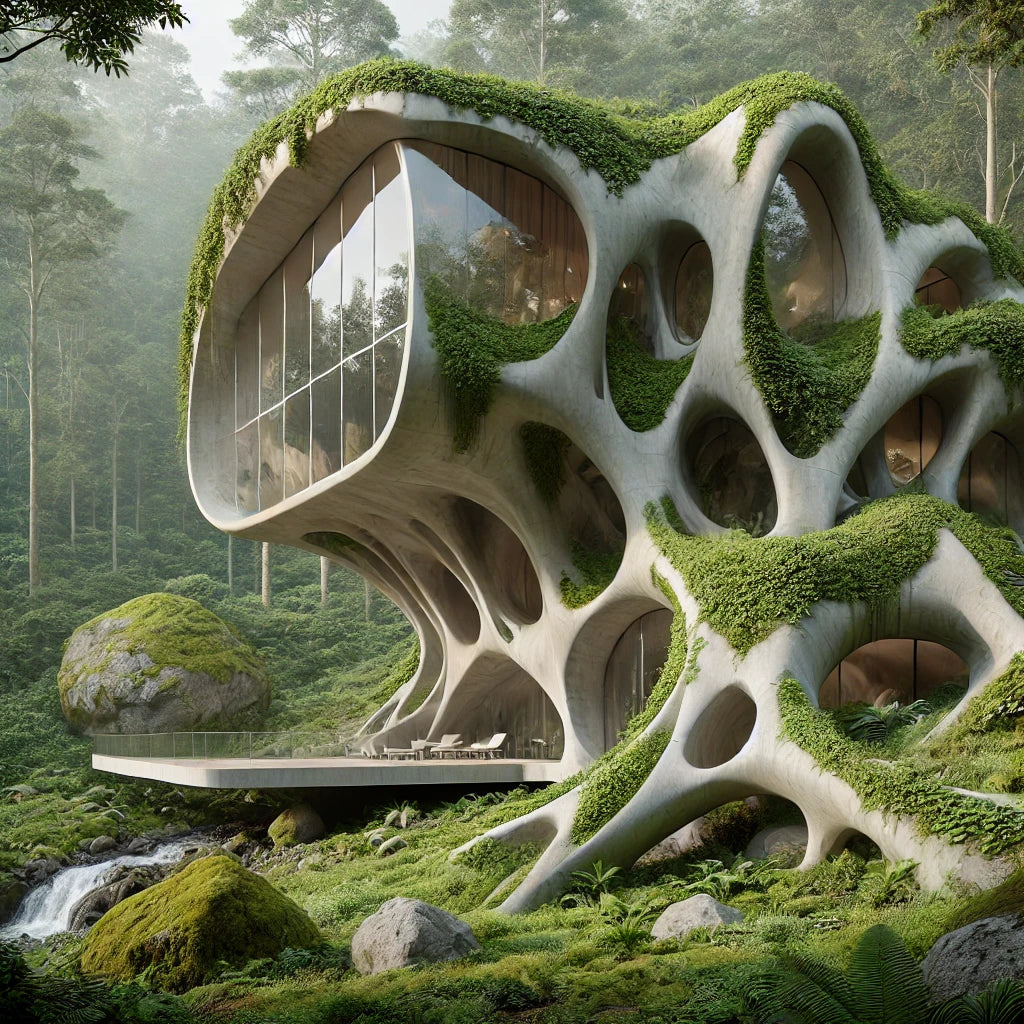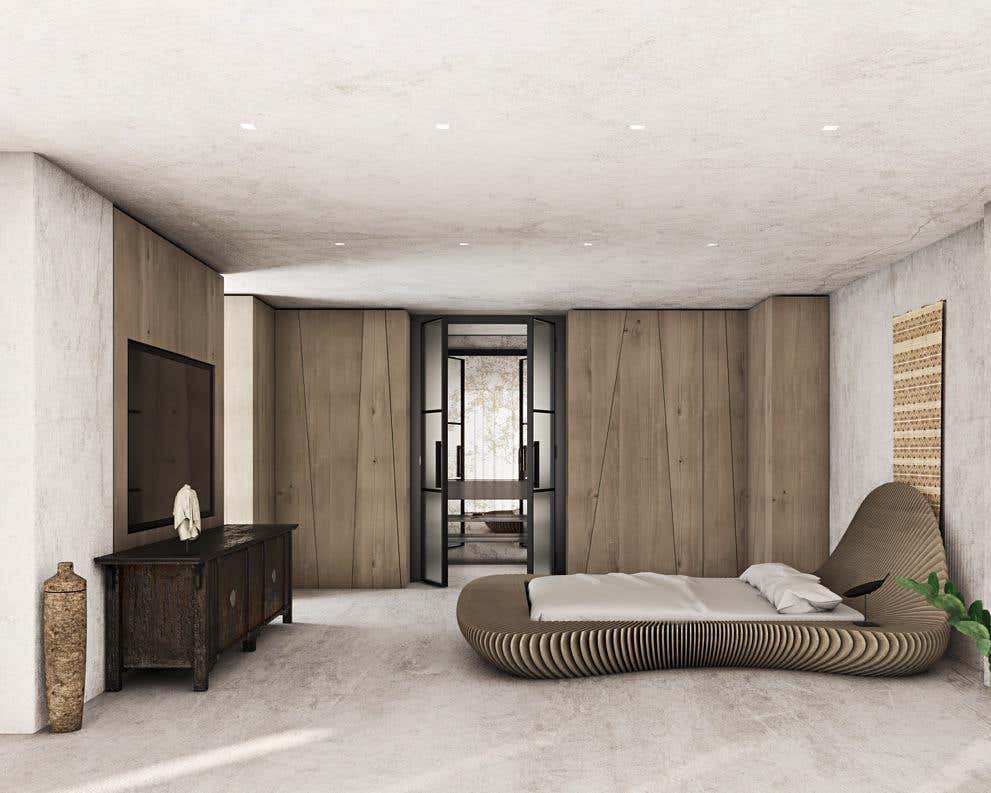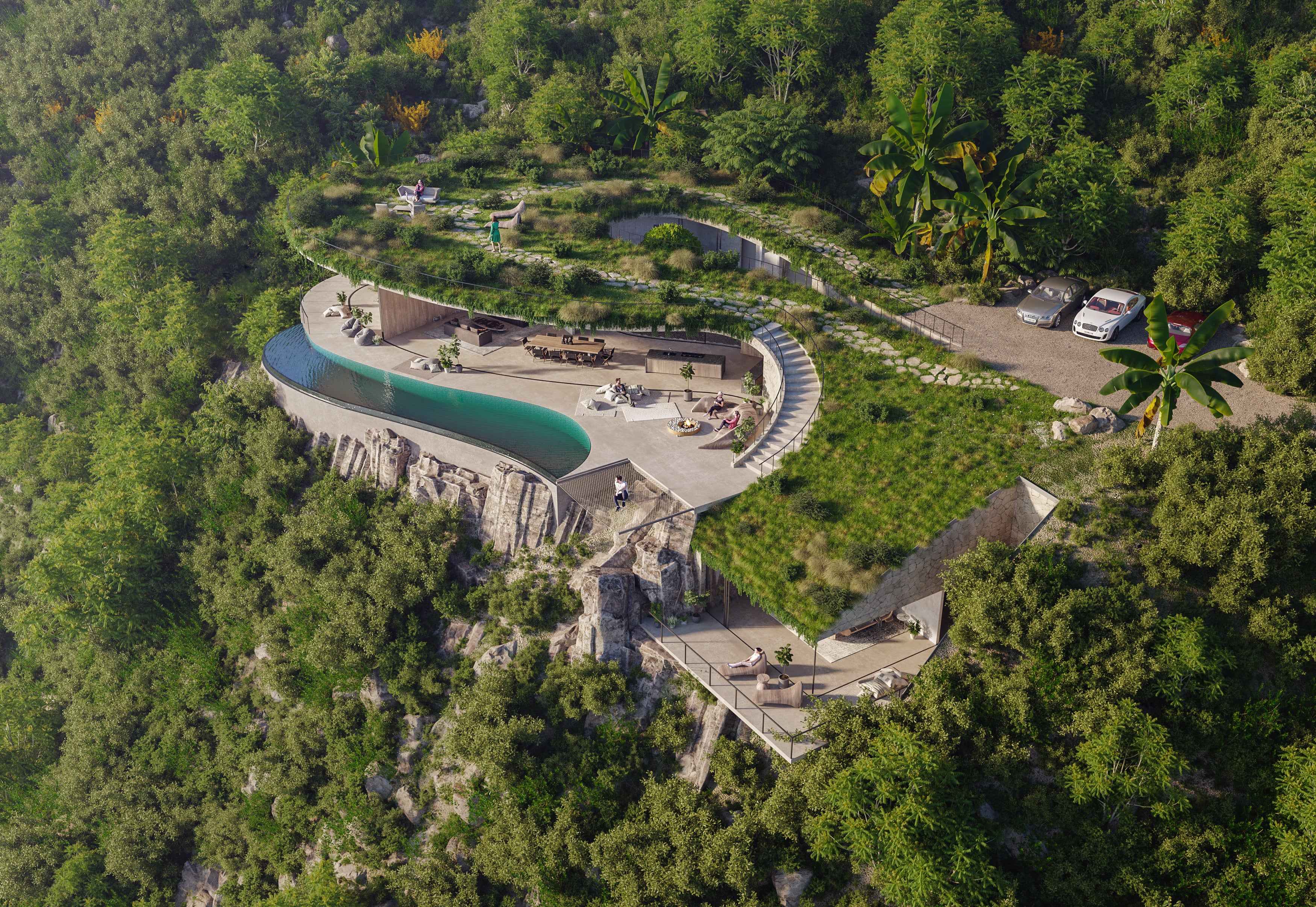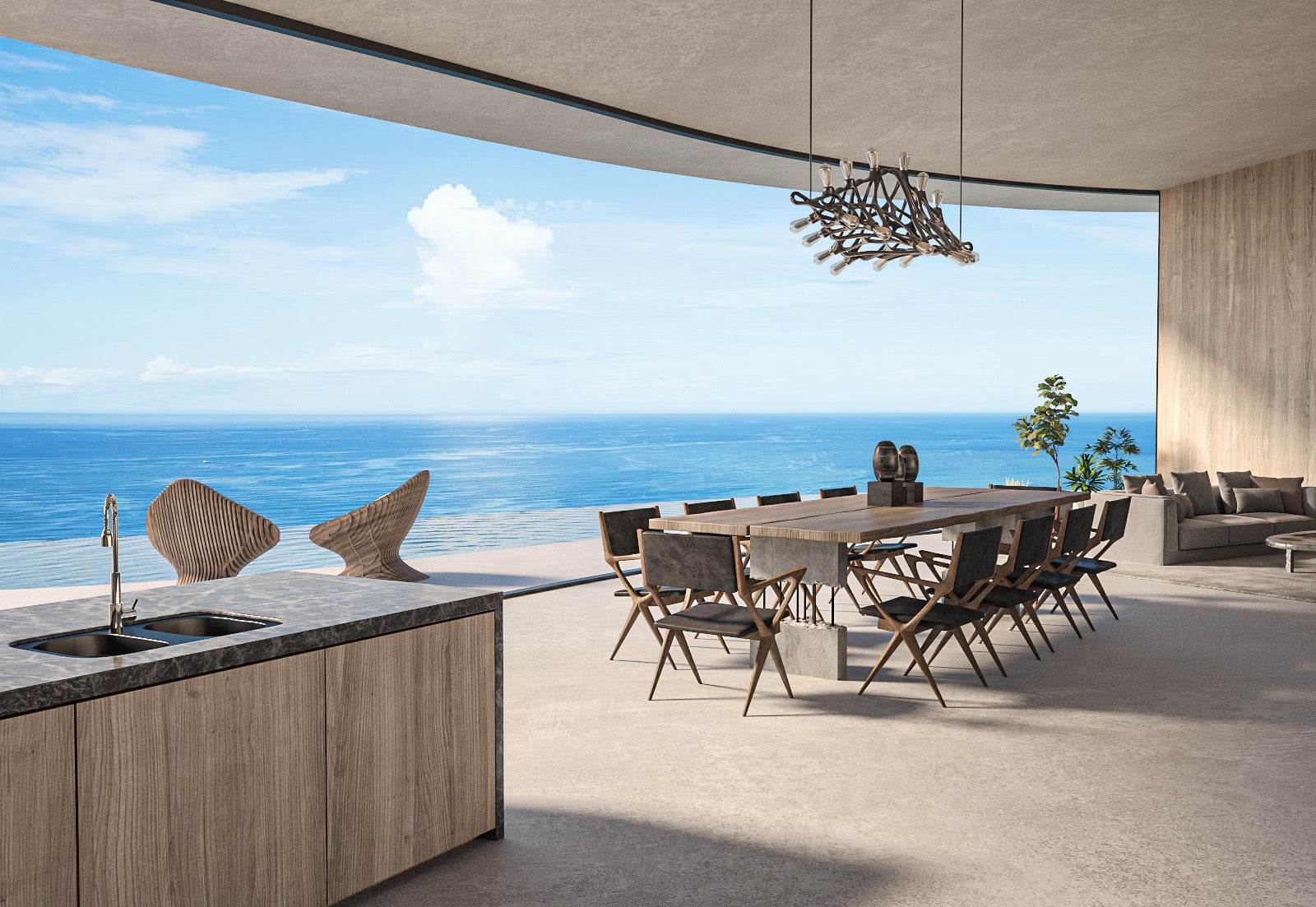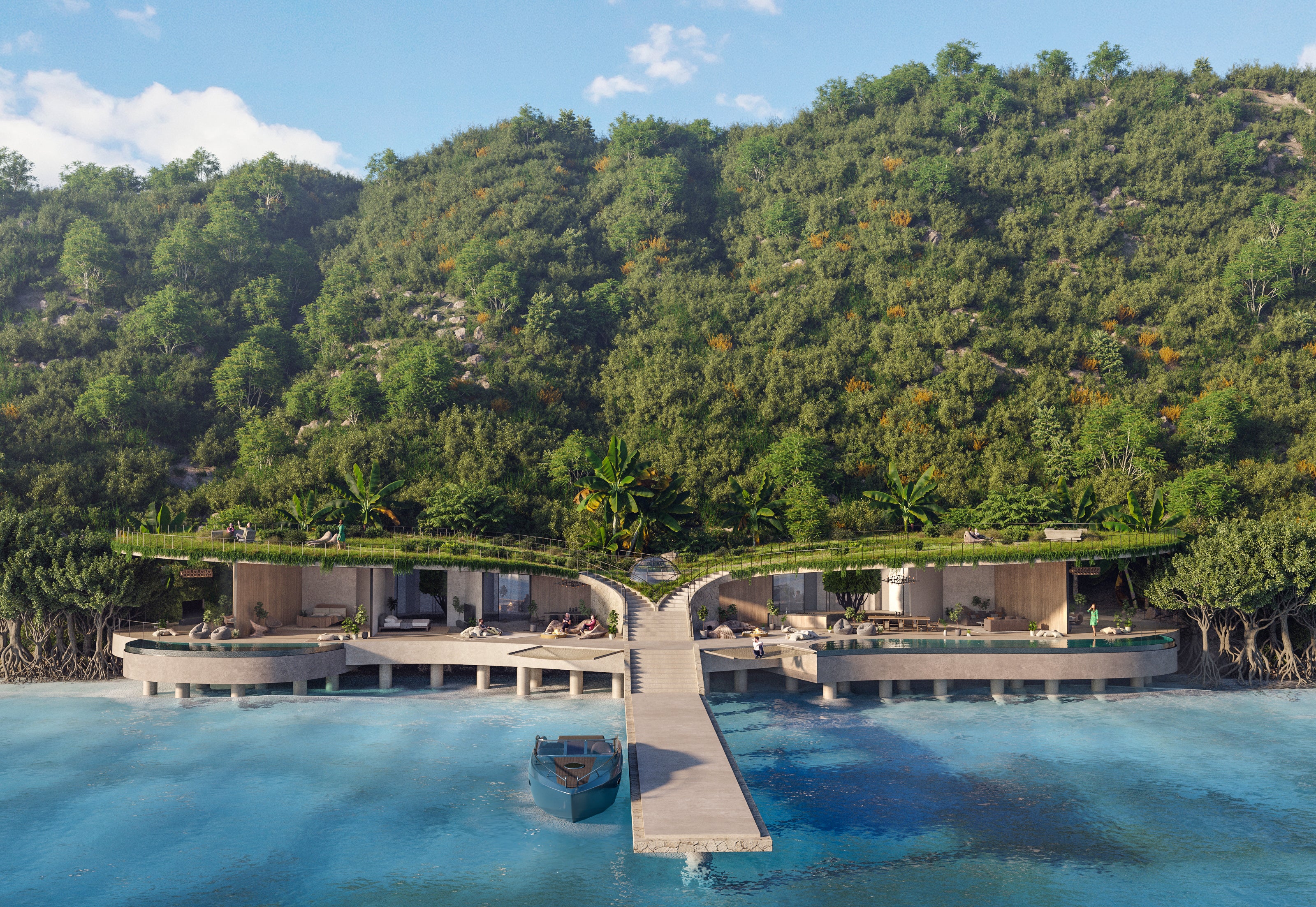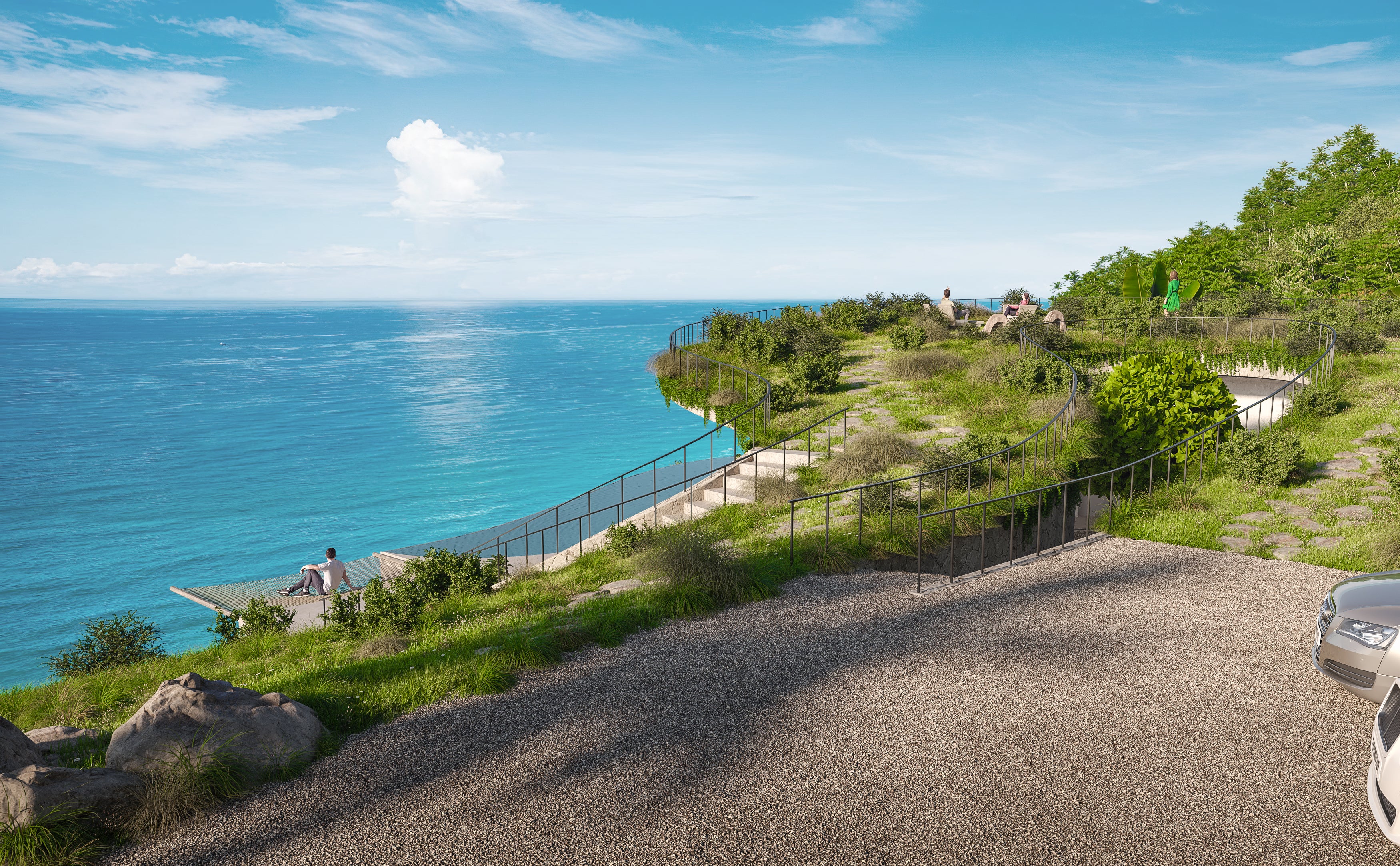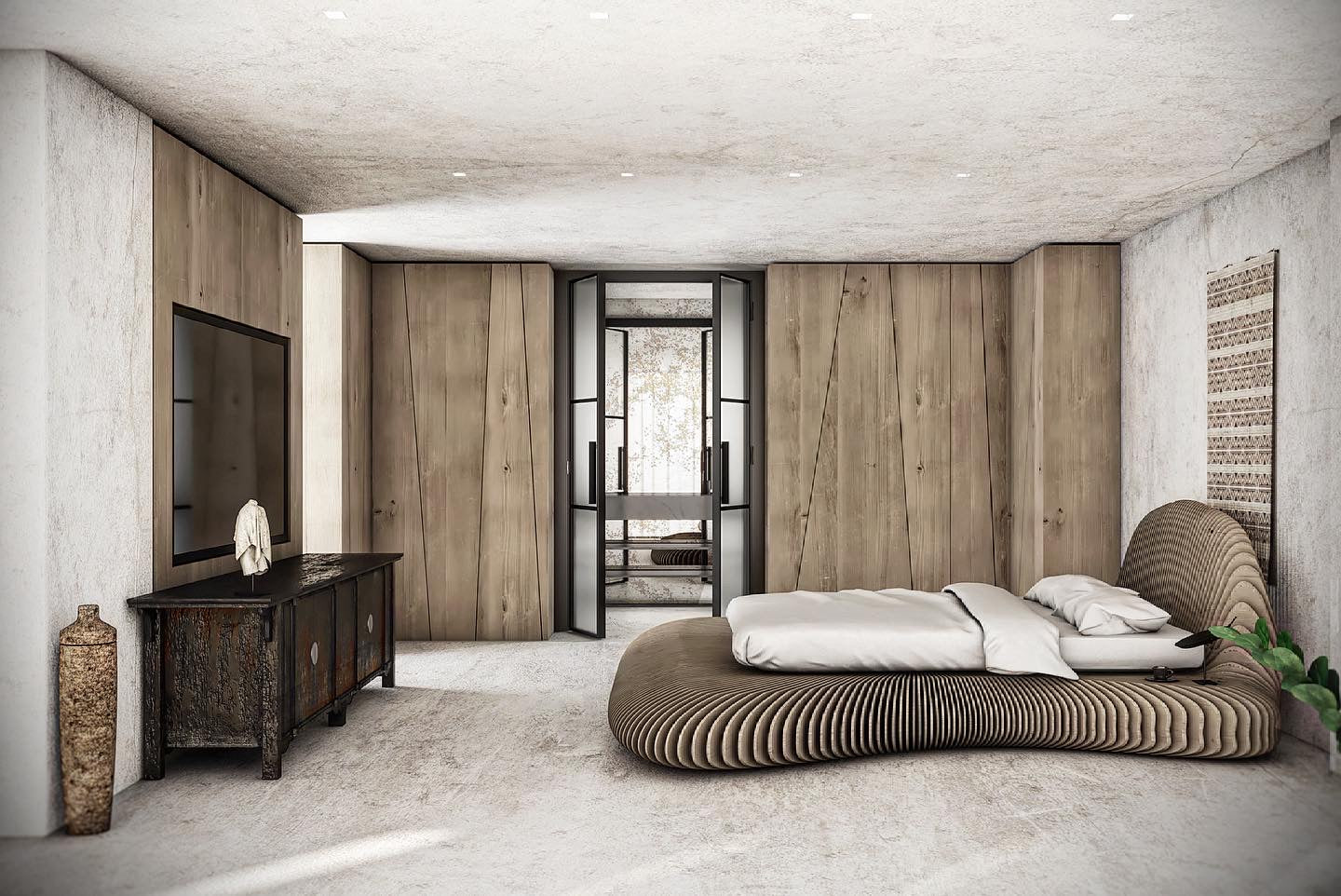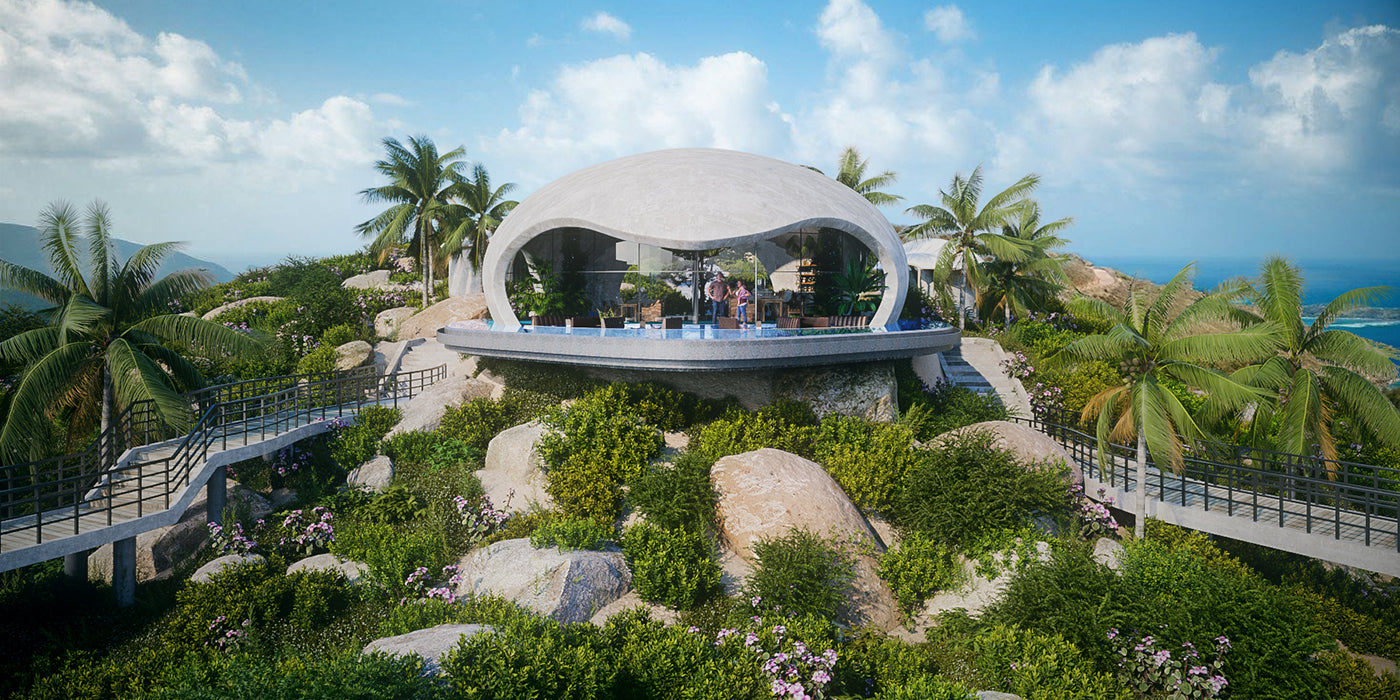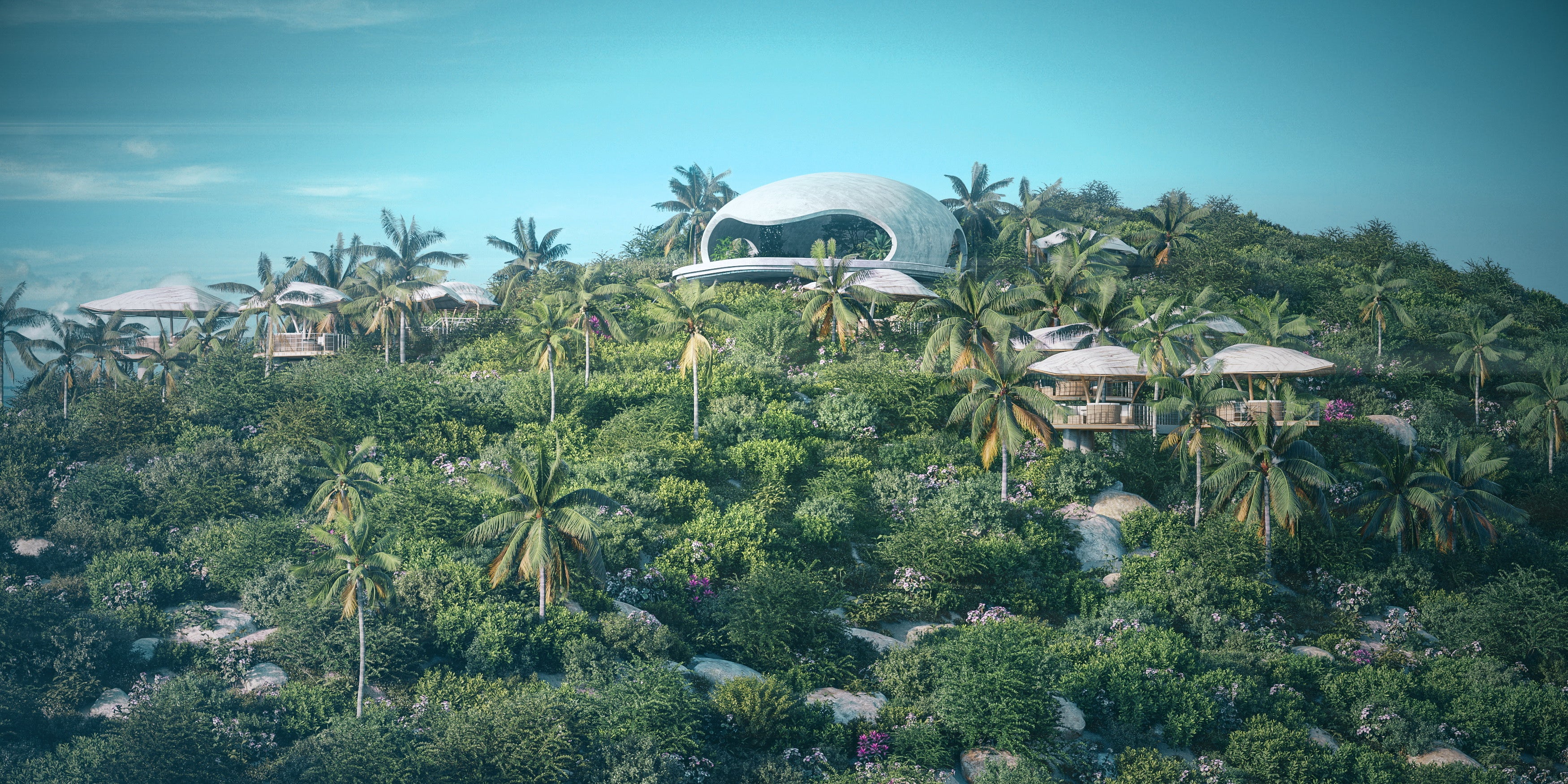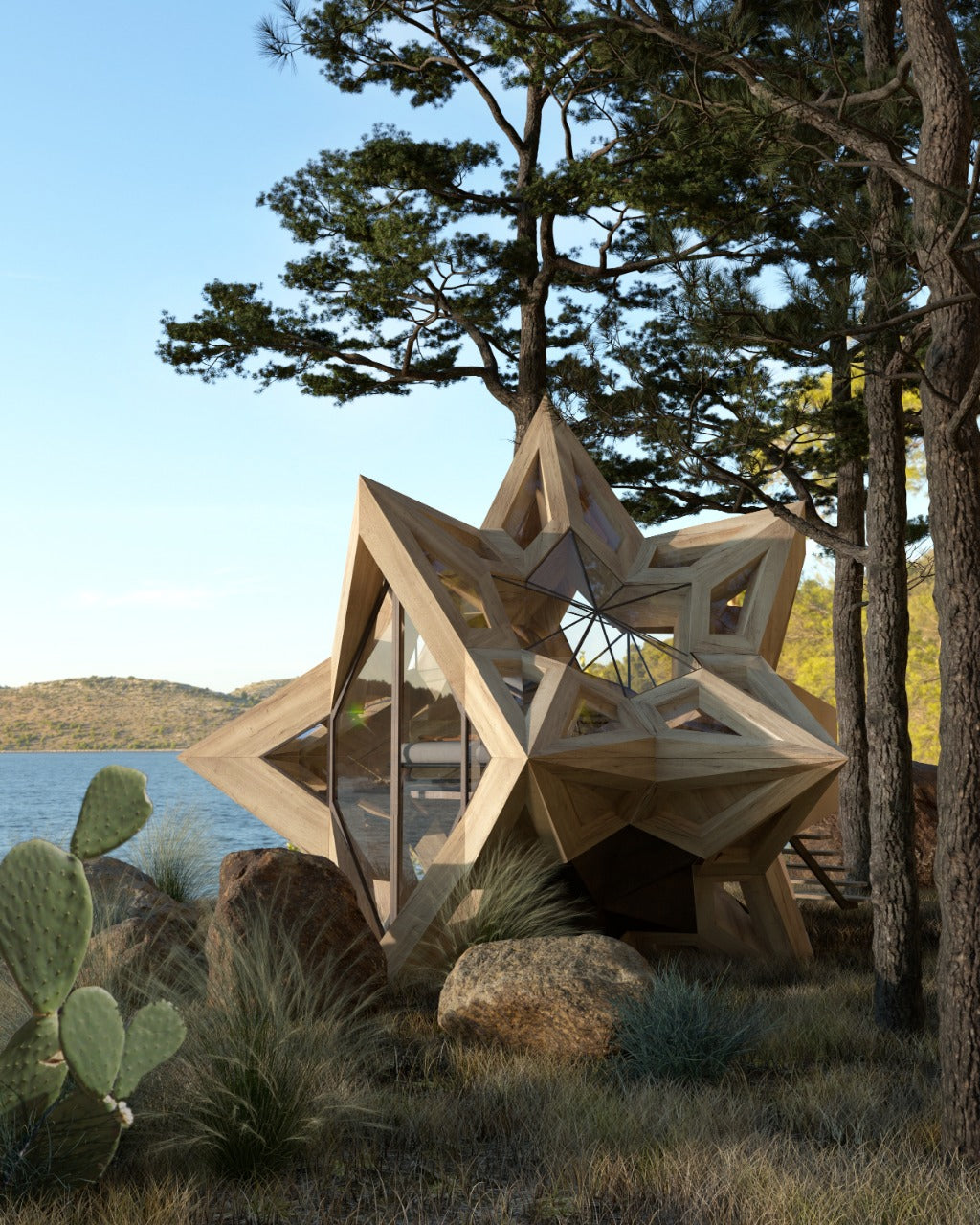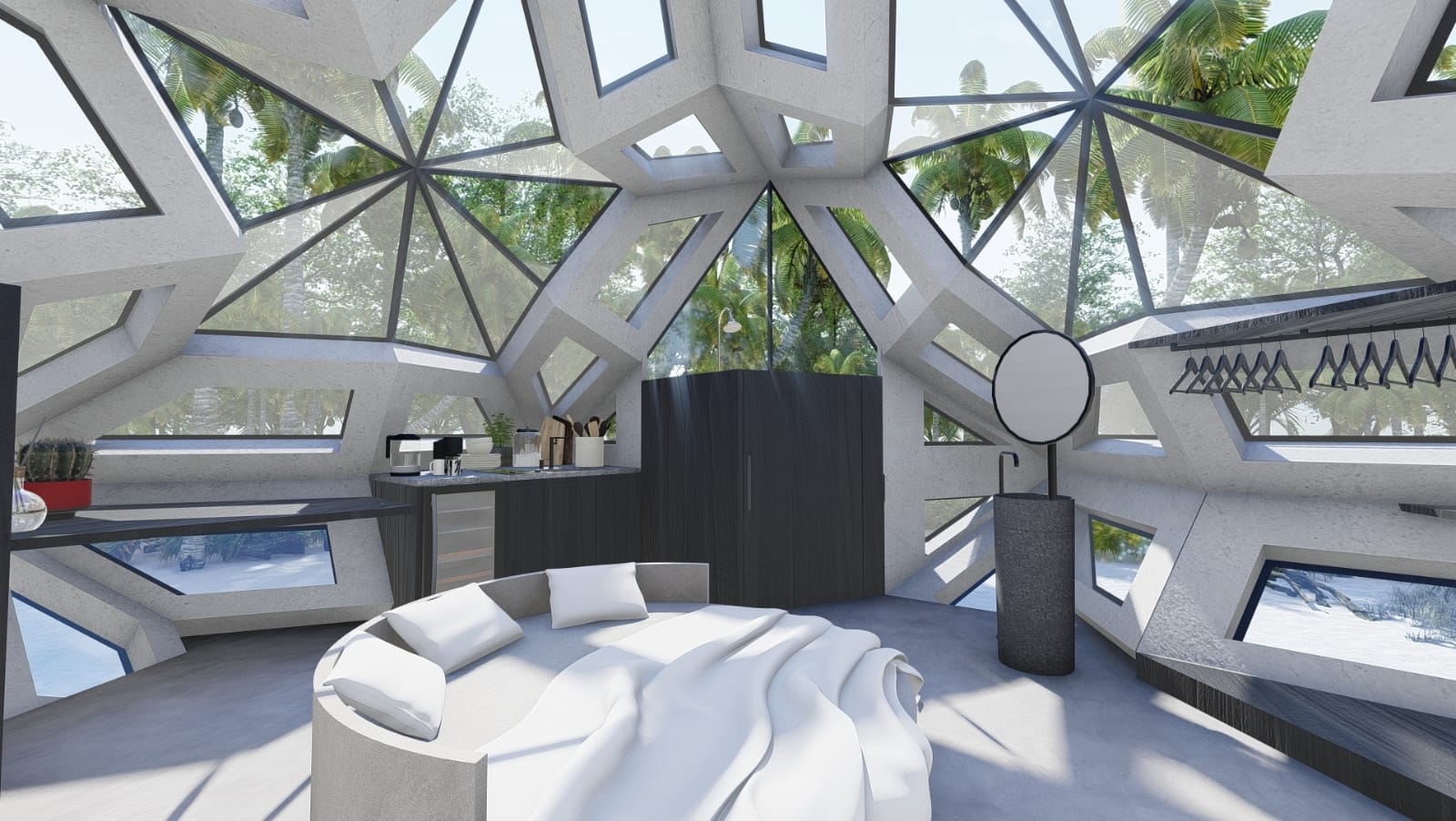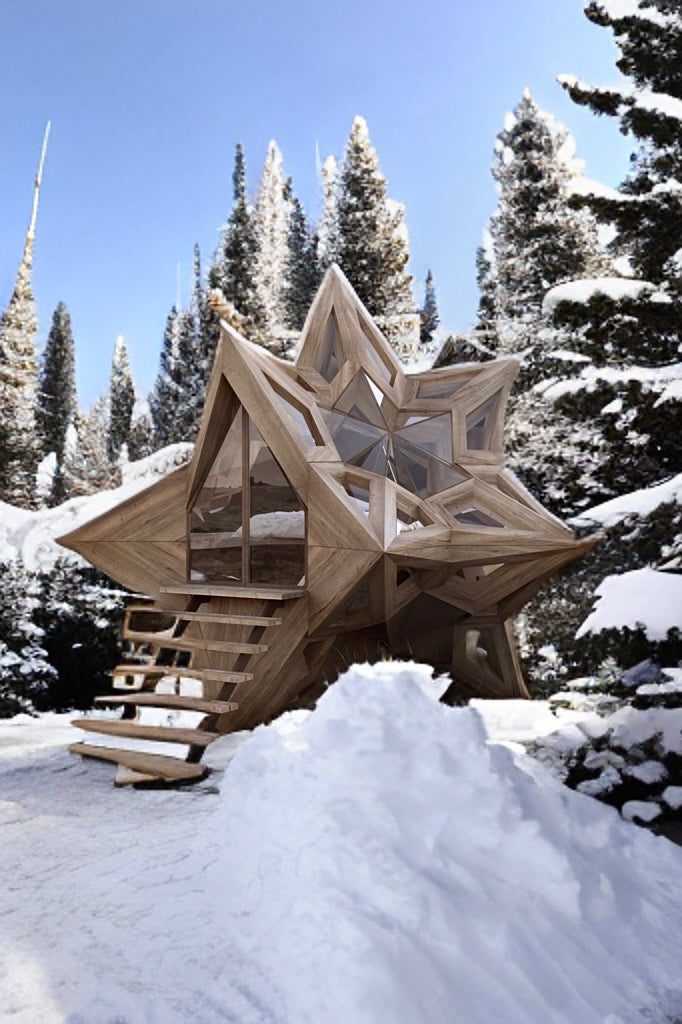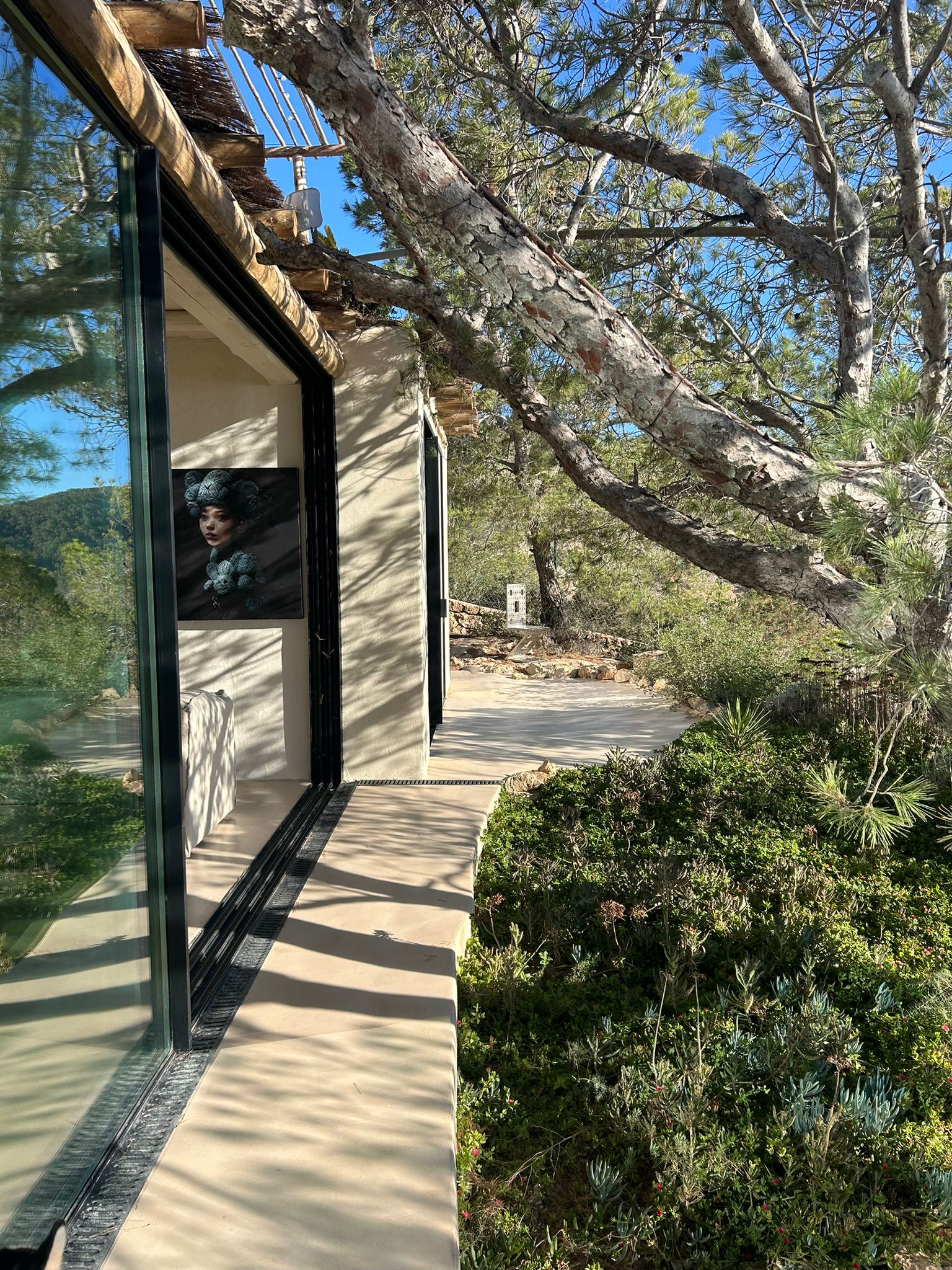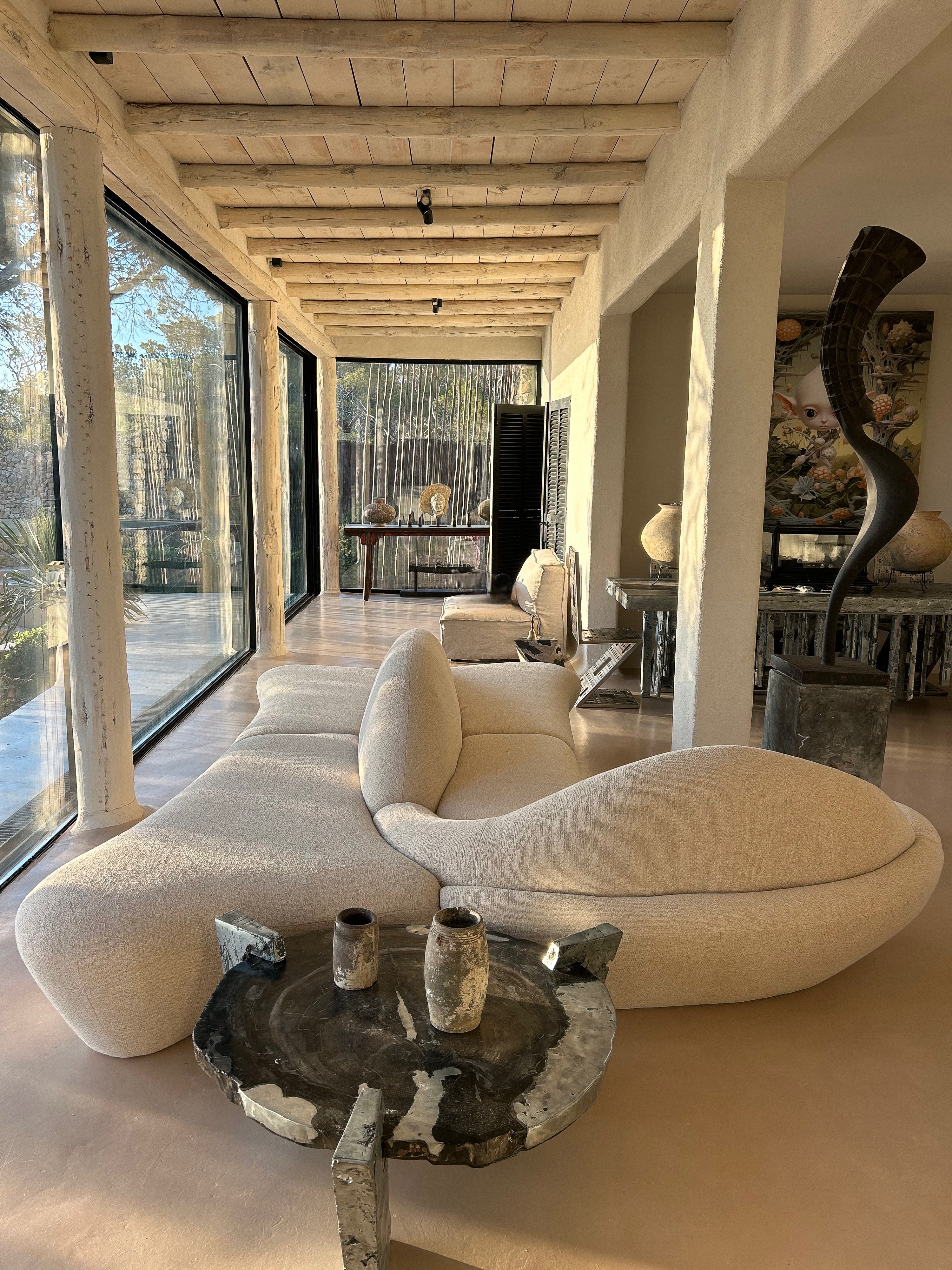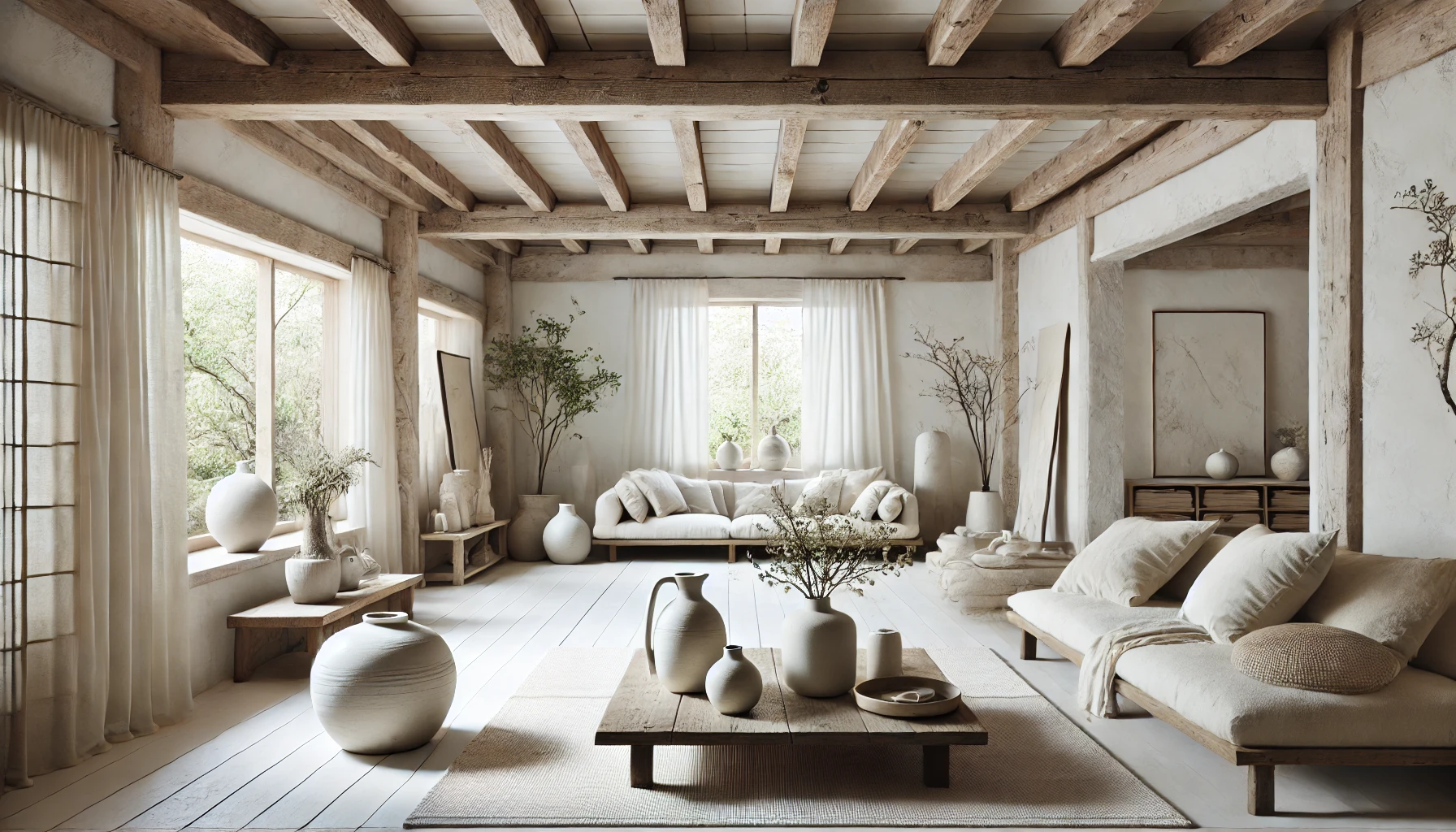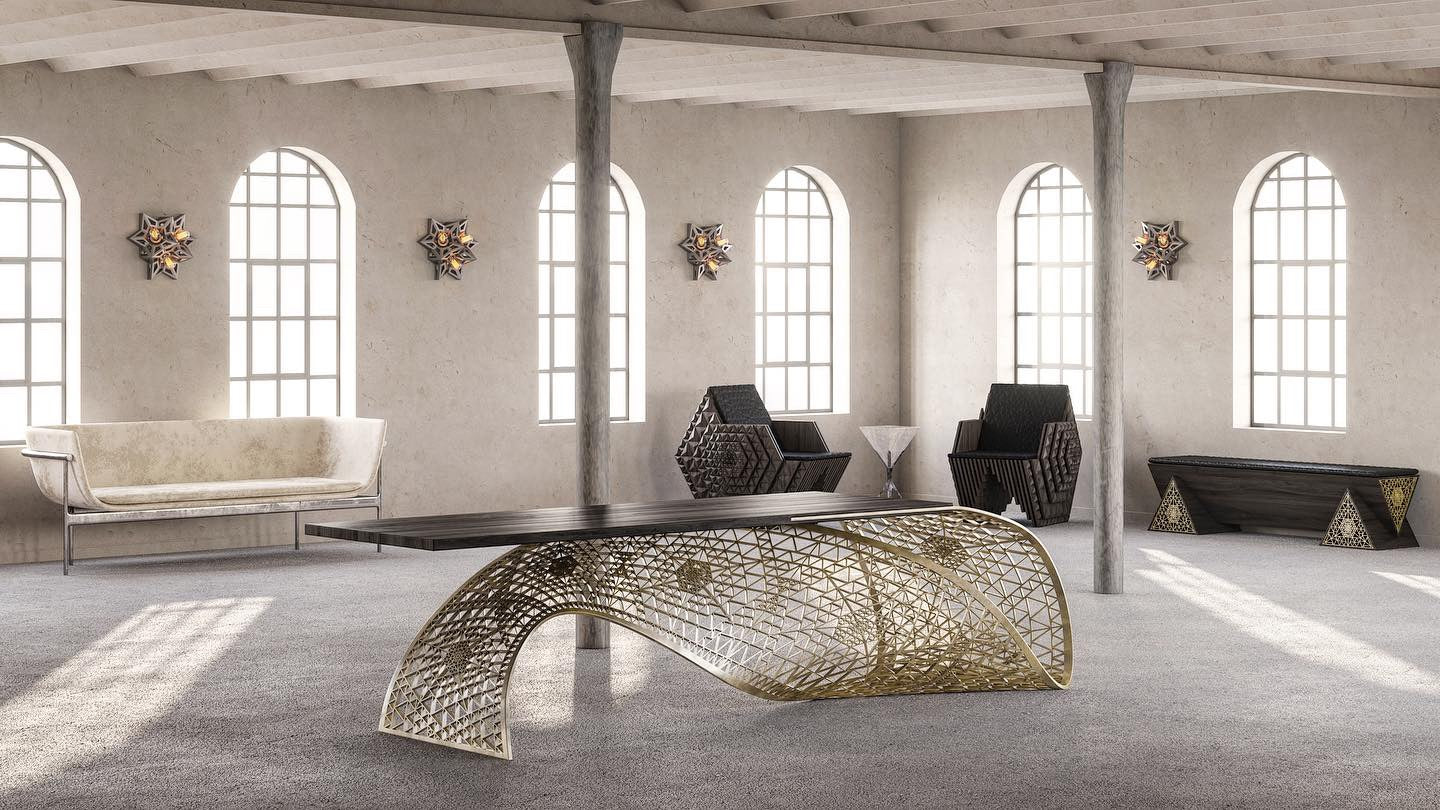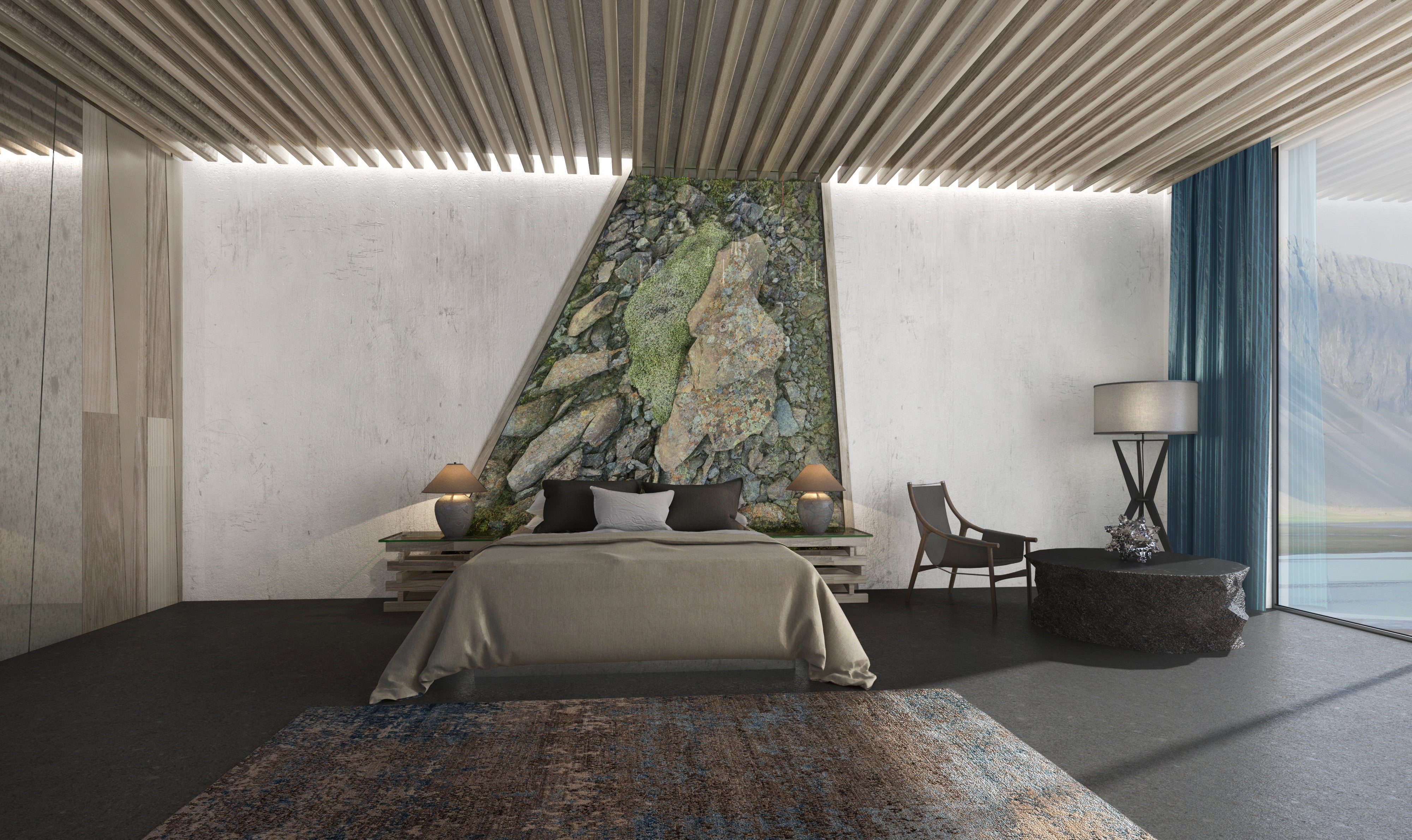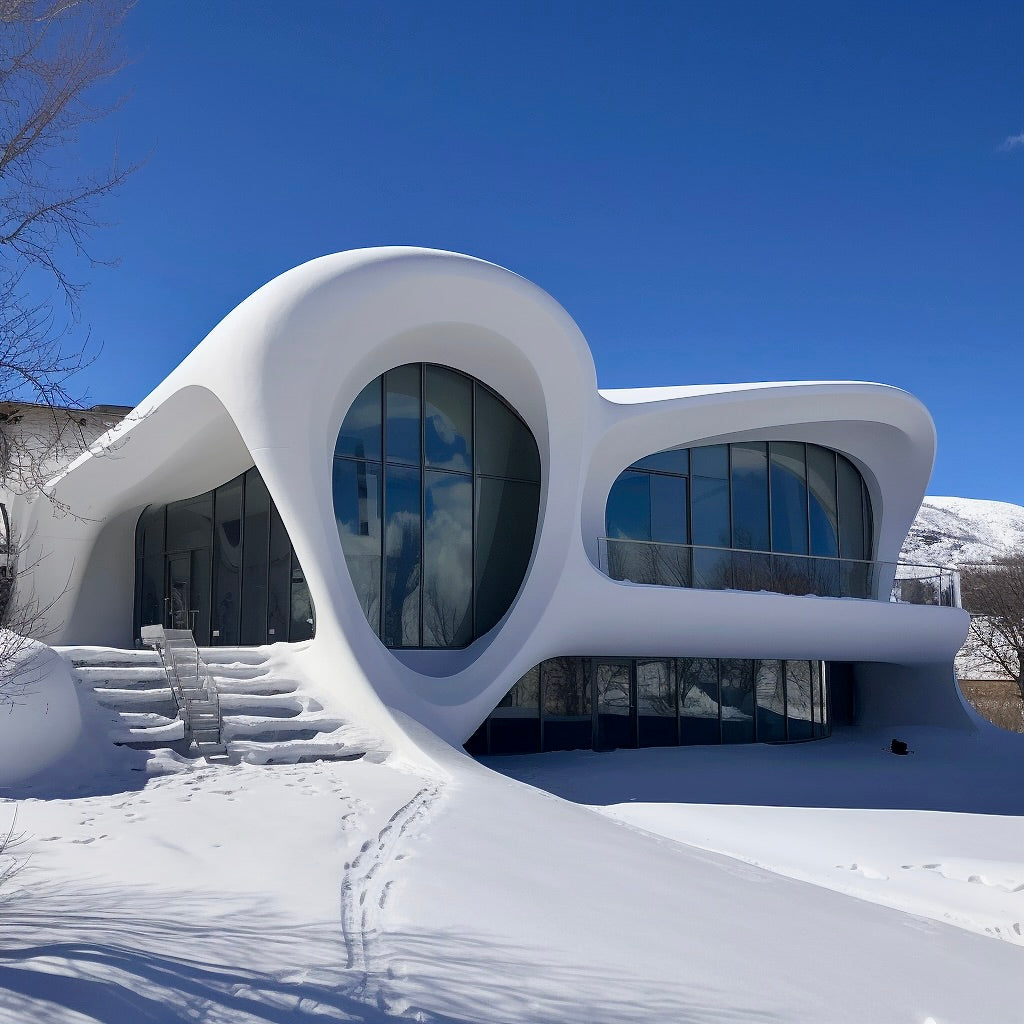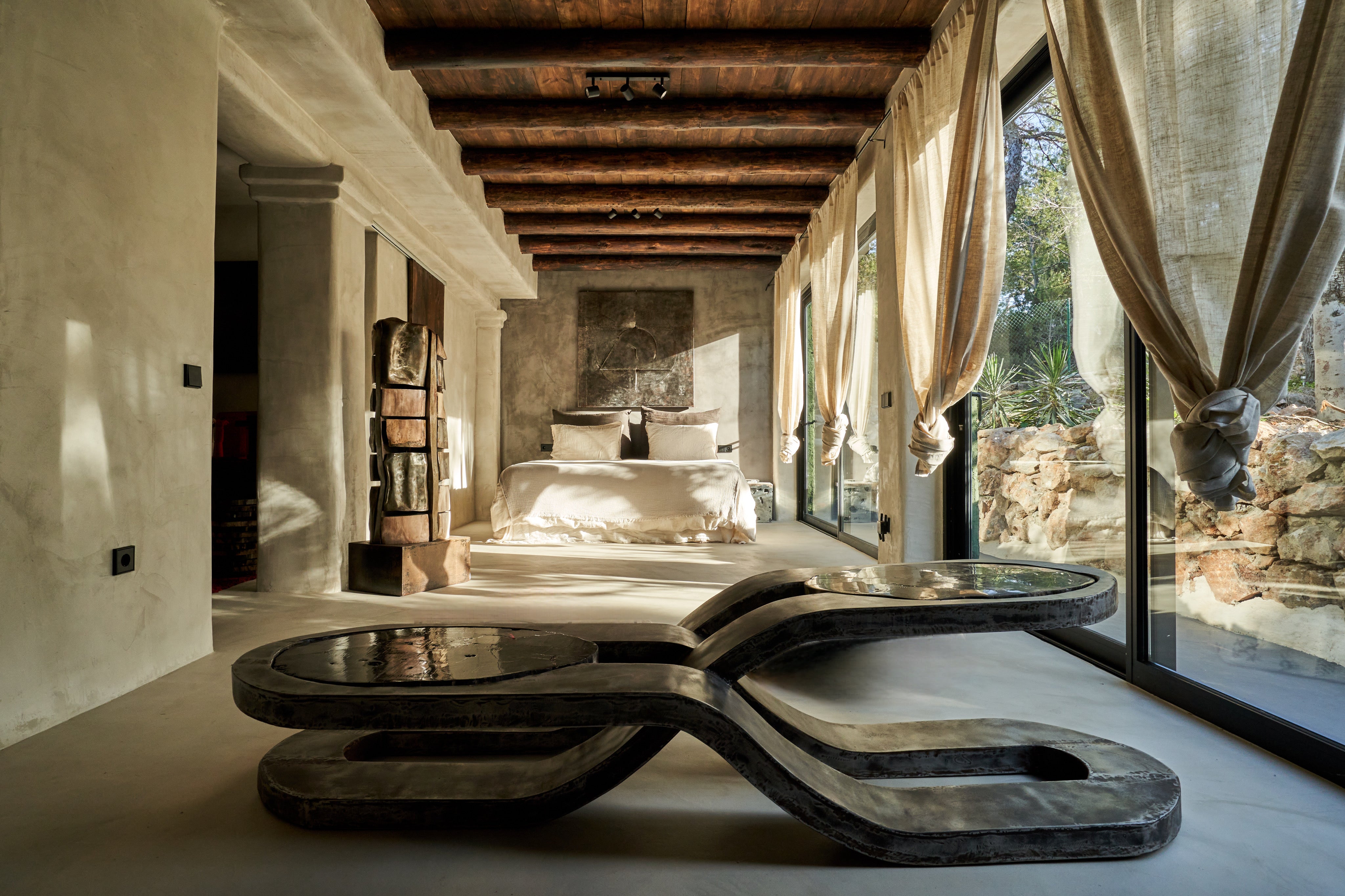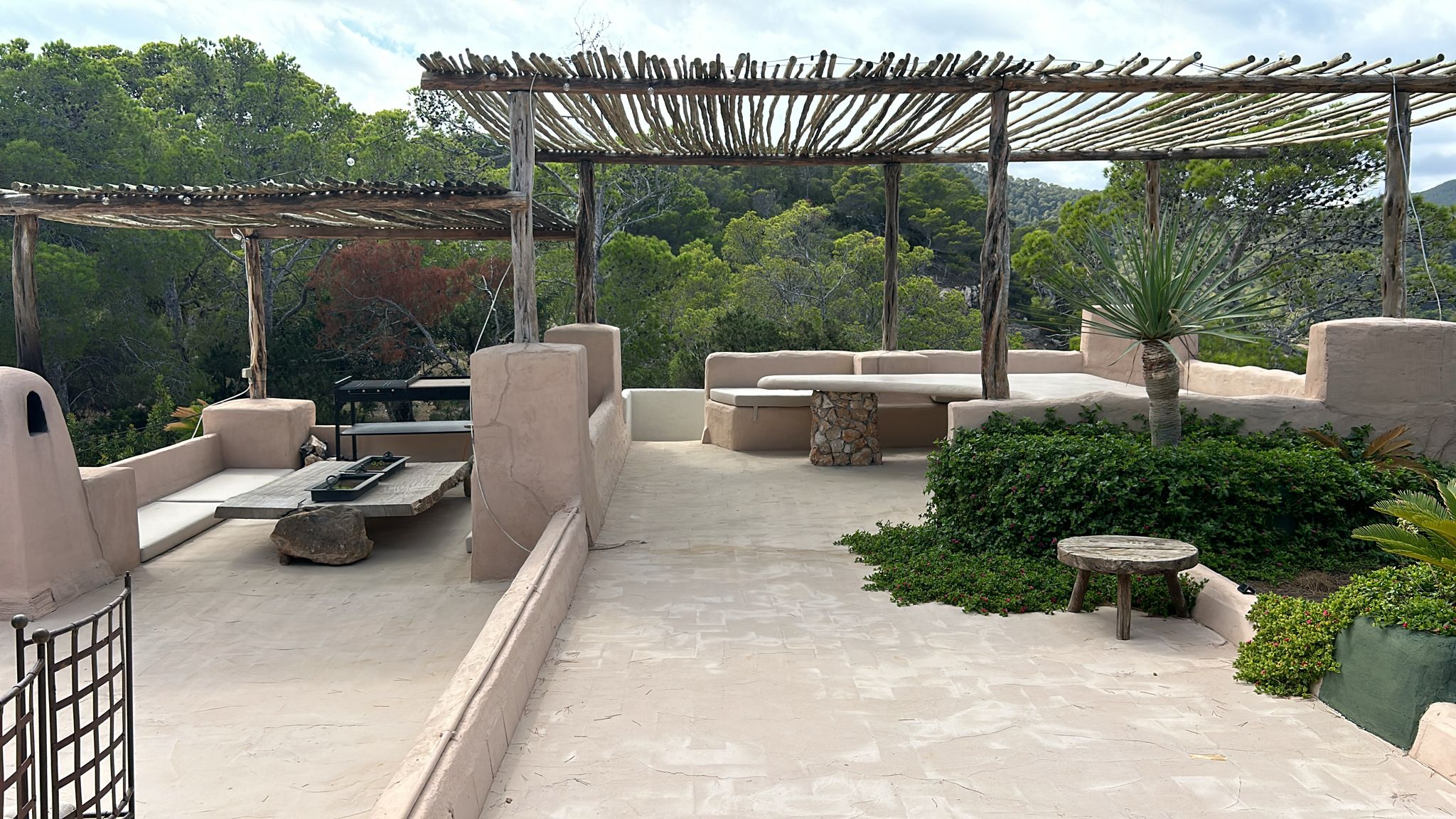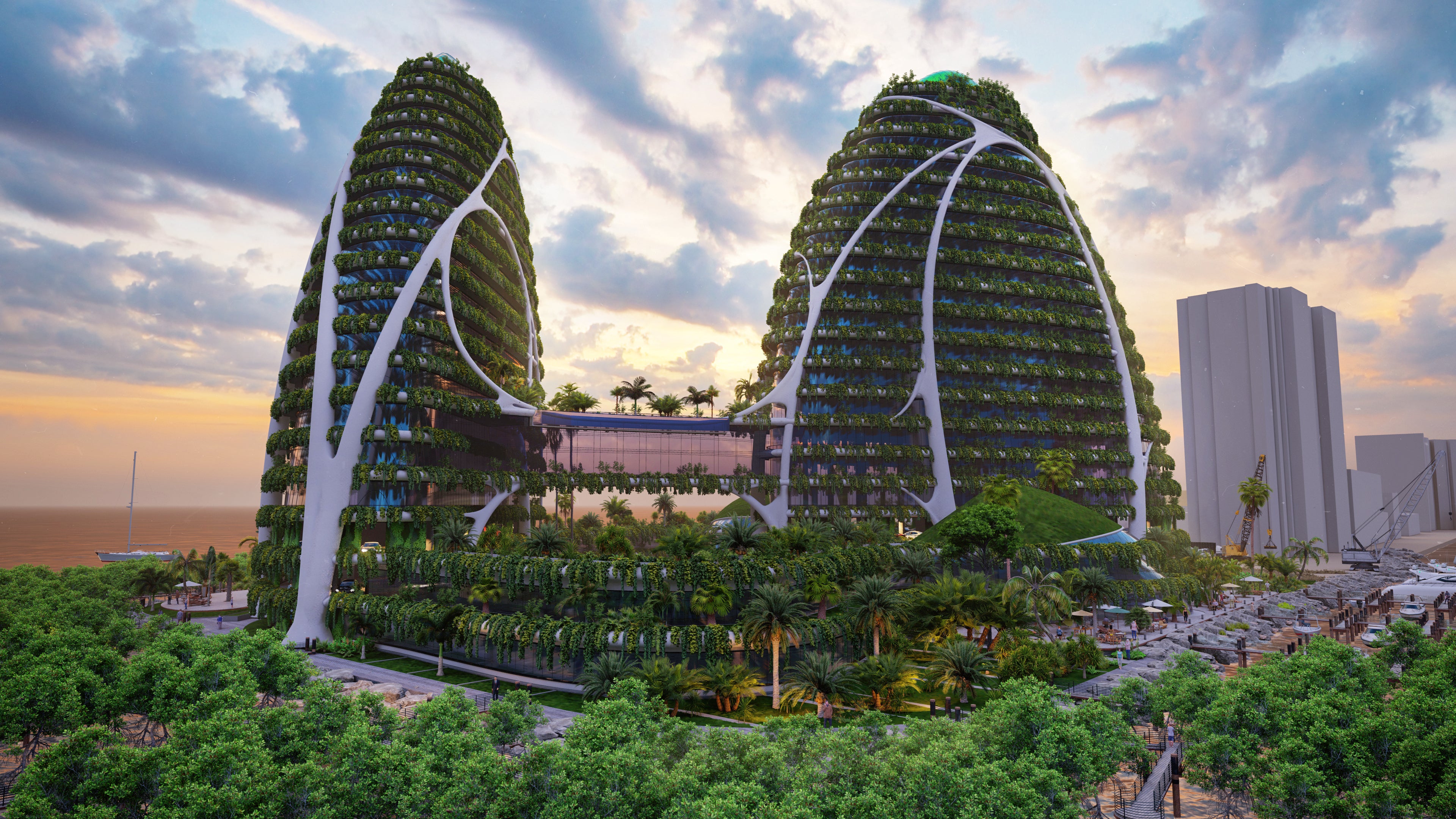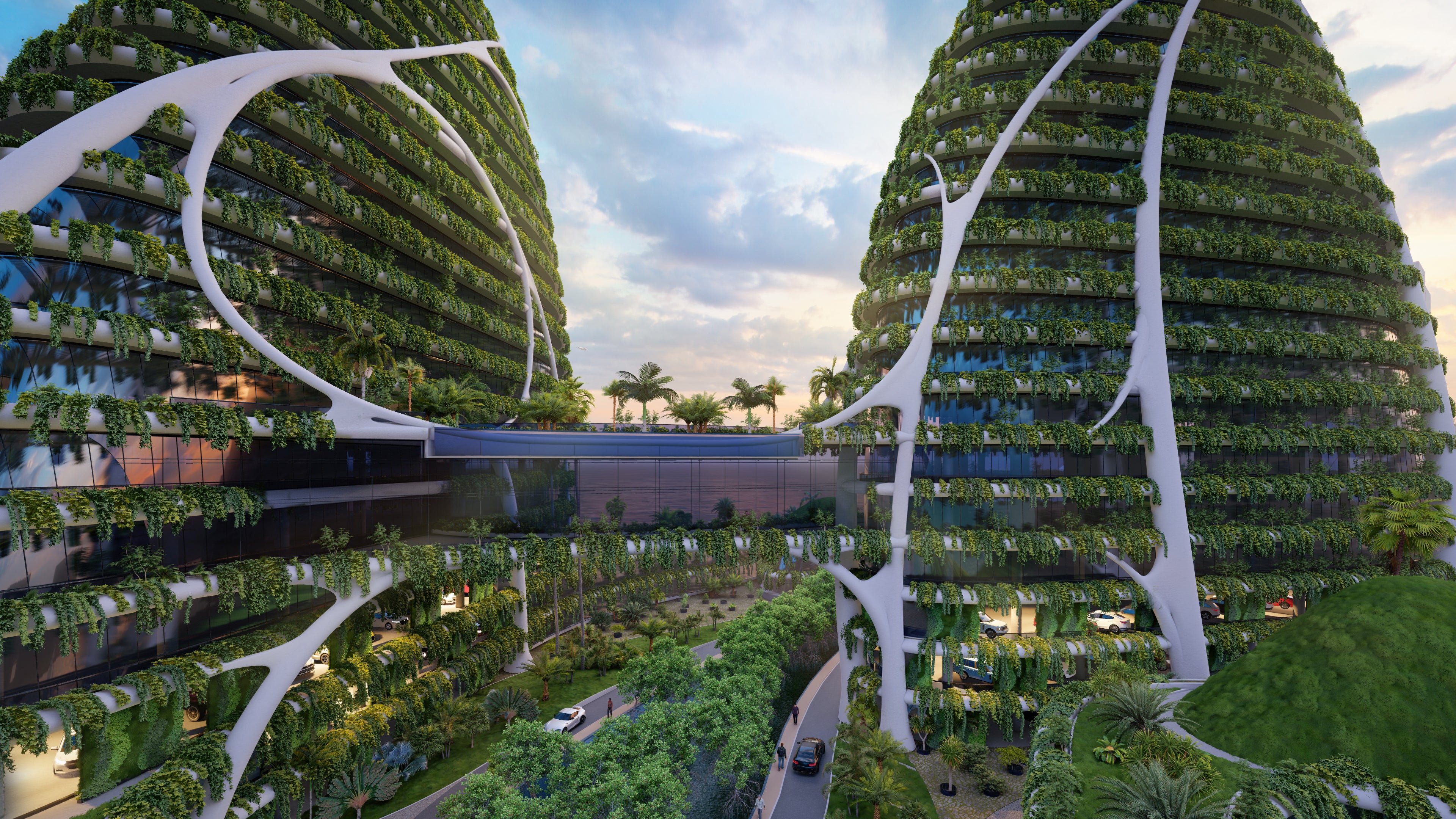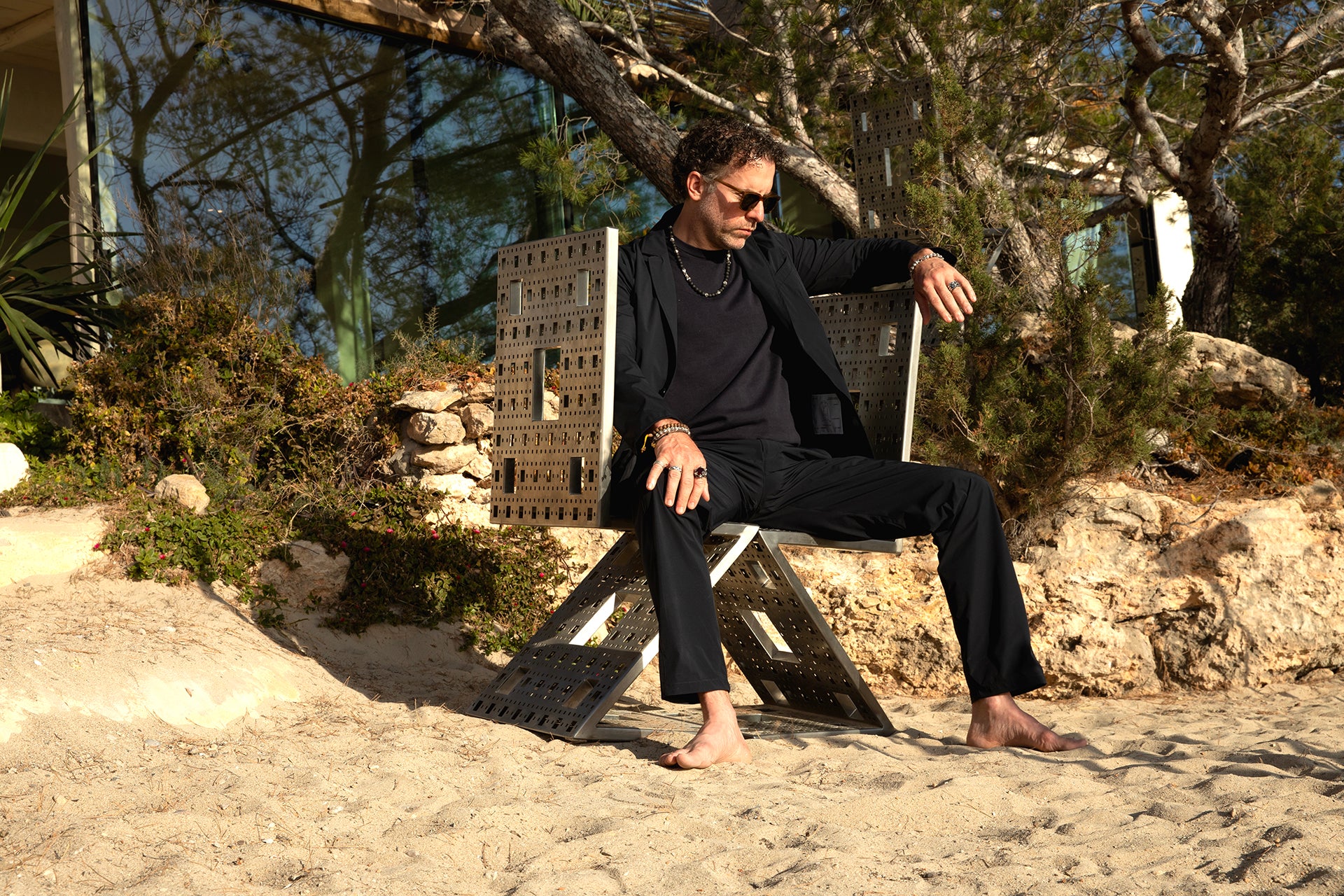
“Unlock the Hidden Power of Your Space: How Sacred Geometry and Ancient Wisdom Can Transform Your Home and Elevate Your Mind!
In the complex interplay between architecture, environment, and human consciousness, we find an urgent need to rethink how our spaces are designed and inhabited. As an architect, my goal is to not only build structures but to craft experiences that resonate deeply with the human spirit and the natural world. This is why I have increasingly turned to the principles of sacred geometry, biomimicry, feng shui, vastu, and other ancient design philosophies—not as relics of the past, but as vital tools to enhance the energy of a space and, in doing so, help heal both the environment and the human condition.
Geometry has always been the language of the universe. From the patterns of a sunflower to the spirals of galaxies, the natural world operates through mathematical harmony. Sacred geometry taps into this universal order, creating spaces that are not only pleasing to the eye but also imbued with a sense of balance and purpose. When we design with the golden ratio or the Fibonacci sequence, we are not merely constructing walls and roofs; we are aligning human environments with the deeper rhythms of life itself.
Biomimicry offers another layer of connection to the world around us. Nature is the original architect, having refined its designs over millions of years. In looking to the intricate forms of plants, the efficient structures of animals, and the resilience of ecosystems, we can create buildings that are sustainable, adaptive, and in harmony with the planet. These are not just eco-friendly buzzwords; they represent a profound shift in how we conceive of architecture as a living, breathing entity.
The inclusion of feng shui and vastu extends this relationship further by acknowledging the flow of energy—chi or prana—within a space. These ancient practices recognize that the placement of objects, the orientation of a building, and even the materials used can influence the well-being of its inhabitants. By aligning a structure with the magnetic fields of the earth or ensuring that spaces are open to natural light and airflow, we are creating environments that enhance both physical health and spiritual clarity.
To design using these principles is not to revert to archaic methods but to harness timeless wisdom in a contemporary context. In a world where environmental degradation and human disconnection are pervasive, architecture has a unique role to play. It can either contribute to the problem or become part of the solution. Through sacred geometry, biomimicry, feng shui, and vastu, we are building more than just structures—we are cultivating spaces that elevate human consciousness and foster a deeper connection to the earth.
In my work, this approach is not an aesthetic choice but a moral imperative. As designers, we must question: how can we make our spaces not only functional but transformative? How can we use architecture to elevate, to heal, and to inspire? By integrating these ancient and modern principles, we create environments that are not only in harmony with nature but also act as catalysts for personal and collective growth.
The result is an architecture that is alive—one that honors the natural world while pushing the boundaries of human potential. It is not about ornamentation, but about a deeper kind of beauty, one that resonates at the level of spirit and consciousness. And in this resonance, we find the potential to not just shape buildings, but to shape the future.
John brevard

